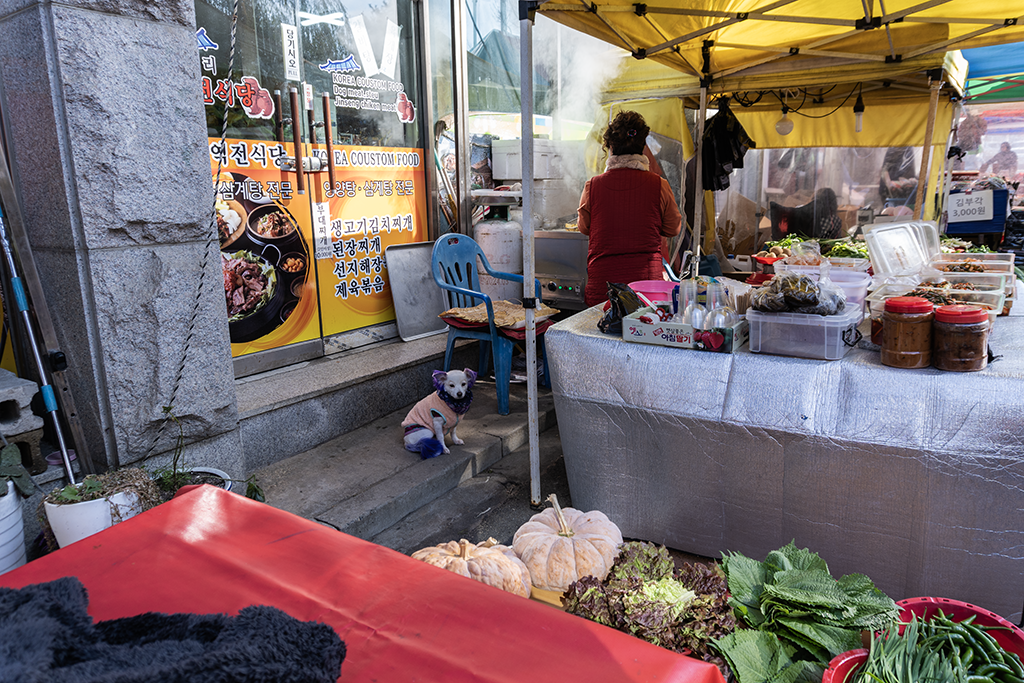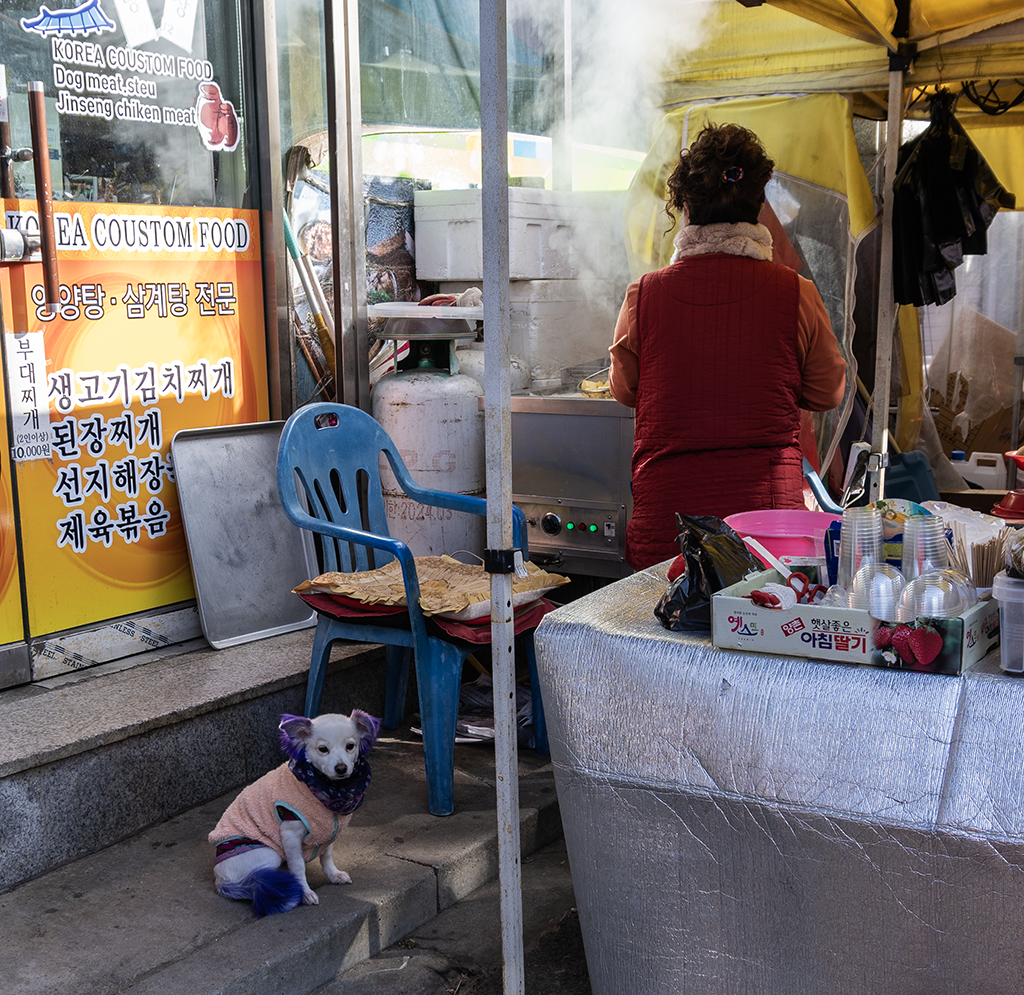South Korea is a beautiful country, filled with an ancient heritage that predates many of the cultural influences in the United States. After the 19th century, the peninsula of Korea was inundated with war, making them hold tight to their national identity even more to survive colonization and warring political ideologies. After the Korean War, South Korea leaned on its allies in Western countries like the United States to help it rebuild its war-ravaged country. Due to this, they experienced an upheaval in cultural norms, going from a mostly agricultural community to one focused on industrialization.
From the perspective of someone who was born and raised in the United States, something has struck me about this unique country. It possesses a juxtaposition between what it means to be ‘modern’ or ‘Westernized’, and what remains of tradition. The two identities are constantly battling each other, creating a contrast that can be both interesting and a bit confounding to an outsider of the community.

In this case, we take a traditional market setting. This market occurs just off of Camp Humphreys, in what locals consider to be a rural town of Pyeongtaek. While at a glance it seems that the traditional market is much like one that would be found several decades ago, there is a twist of modernity to this image. Reds, greens, and the subtle purple from the dog’s fur play up this lively picture.
When cropped down, the busy image is focused on two subjects, a dog and its owner. The dog takes up one third of the picture, while the owner is on the other, bringing balance to the photo. We are able to give our subjects better focus with the reduction of distractions. We see the dog’s fur has been lovingly cut and dyed. It wears a sweater to help it fend off the bitterness of a chilled winter afternoon. The owner loves her pet like it is her child. Just beyond the pet and its owner is a business advertising, ‘Dog Meat Stew’, known as ‘Bosintang’ (보신탕) in Korean. This is a traditional dish in Korea thought to be invigorating during hot summer months. For hundreds of years, Koreans ate this dish as part of their traditions.

This stew is a now dying tradition within South Korea, heavily due to Western influence. While Pyeongtaek is the main producer of dog in the country, it is rare to see a store still selling bosintang. In this past month, Korea decided to pass a law to ban the consumption of dogs, as seen in this article by the BBC. By 2027, this practice will be fully phased out. Whether morally ‘right’ or ‘wrong’, this cropped image is an excellent example of the past and present residing within the same instant, a flash of what has been and what will be.


Hi Dakotah! I really enjoyed reading your post. In India, we also have a similar juxtaposition between “Western influence” and “Traditional roots ” in the market. I believe this amalgamation of both worlds creates something new which has never occurred before. I believe it has a beauty of its own. Coming to the picture you chose for the blog, in the first picture there is a lot of stuff going on I could see the fresh vegetables they caught my attention and at first, I didn’t notice the dog at all! I would say you cropped the image in the right way because I could see the shift in focus of the subject to the dog. I also think the cropped image also follows the rule of third as the lady and the dog.
Dakotah, your photo involves quite a bit. It is very overwhelming. When you look at the original photo, your eye moves across the entire picture without any specific center focal point. The photo is clearly one that displays the market, but it is very busy. The cropped picture is much better. Your eyes are more focused on smaller items. There are still a lot of items that are involved in the picture, but your cropping did downside the items. I think this picture has the best cropping for a picture that contains lots of items involved in the original picture.
Hi Dakotah!
I enjoyed reading your blog and getting to learn a little more about the culture behind the photo. I will say I agree with some of the other comments about the business of the photo, even when cropped it is still hard to focus on just one subject. The dog’s size is one factor that leads to it not being the focal point, so possibly zooming in a bit more to that. The other issue with this photo is the sign and tent being so bright they are trying to pull the focus in the image even if you try to not focus on them.
Hi, Dakotah! I thought your blog post was so interesting! I work with Korean students and professors every day, but I don’t suppose I had ever really given a lot of thought about how a country’s culture and dietary habits could be changed by another’s. Regarding the image, the original is indeed quite busy (as any good market would be of course!), leaving the view with no one thing to really focus on. Your eyes are constantly shifting from one focus point to the next, trying to take everything in. The way you’ve cropped it down does a fantastic job refocusing the viewer’s attention to just one topic.
Hi Dakotah, nice to meet you! I appreciate the intro that you provided as context for the image. There is a lot of information to process from what we see. Multiple tables, foods, and vegetables with other stalls are likely selling something. The cropped image conveys a message that contradicts the tradition you mention by focusing on the pampered dog. All the food has been removed and it looks like the owner is behind a table selling something to eat but it isn’t clear what. There is also a bar in the middle that separates the dog from the food table. This may have been unintended but it enhances the message of the dying tradition you mentioned!